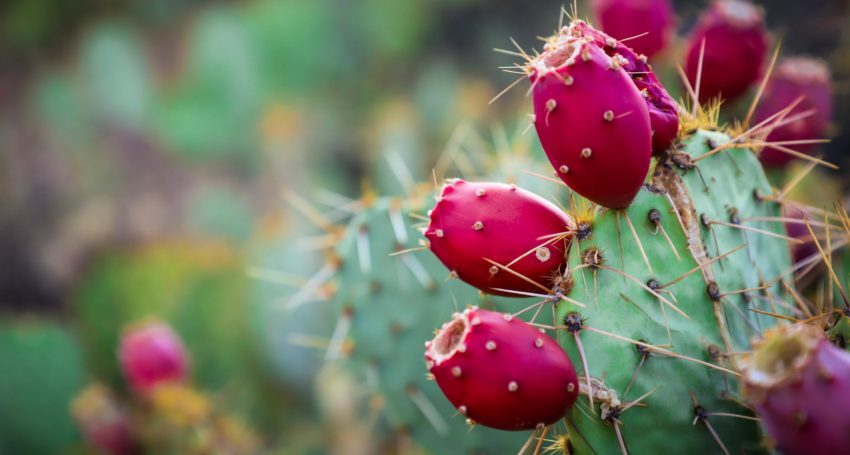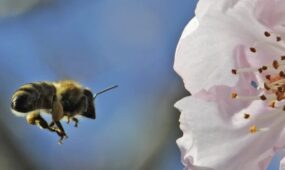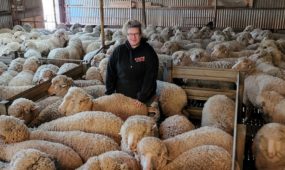Weeding out global threat to crops
Primary Industries
Ag leaders are being warned about the growing weed invasion threatening global food security, in new research from South Australia.

Sign up to receive notifications about new stories in this category.
Thank you for subscribing to story notifications.

Invasive weeds are threatening vital agricultural land around the world and a South Australian researcher is warning climate change is fuelling the long-term impact on vital food production.
Dr Farzin Shabani from Flinders University in Adelaide, South Australia said swathes of important agriculture production land is likely to be increasingly attractive habitat for 32 globally important invasive weed species.
His latest research revealed that invasive weed species threaten ecosystems and other plants as they search for new sites to prosper.
“We can not allow the ‘invasives’ to get established in new areas that are used in agriculture,” Dr Shabani said.
Dr Shabani, from the university’s global ecology lab, joined forces with an international team of researchers to use precise computer modelling to trace the trajectory of weed species like prickly pear and bone seed.
Findings showed a predicted decrease in invasive weed species overall as habitat suitable for the plants shrinks with climate change.
“But significantly this excluded European countries, northern Brazil, eastern United States and south eastern Australia, which are all highly productive agricultural regions,” Dr Shabani said.
He was concerned that existing attempts by farmers and governments to eradicate invasive weed populations were inadequate.
“Even though our future projections indicate a decreasing rate in threats from invasive weeds in extensive areas across the world, the current distributions of many species still have a potential for expansion,” says Dr Shabani.
“Invasive species are able to establish in new environments much quicker than other species,” he said, and were difficult to eradicate once established.
“This gives them a distinct advantage in colonising new areas when climate changes and new areas become conducive to their environment.”
He used Lantana Camara in Australia as an example, adding that once invasive weeds “get into grazing areas then large tracts of grazing land could be lost permanently”.
Dr Shabani said many of these invasive weeds posed a threat in suitable habitats under both current and future climate conditions.
He raised concerns about invasive weed species rarely being mentioned in biodiversity policy documents, except to focus on a few high-profile species.
“There are no comprehensive national invasive species statutory controls, which is our concern,” he said.
“We believe that a national framework is needed for prevention and early detection, along with a coherent policy framework, a robust monitoring framework, a fund for strategic research, and a national training and action program.”
The researchers modelled the current climatic suitability of habitat for each of the 32 globally important invasive weed species.
They were chosen based on their importance, potential for spread, environmental, social and economic impacts and the ability for plants to be successfully managed.
Work then focused on modelling the suitability of all 32 species under the projected climate for 2050, incorporating different scenarios.
Dr Shabani said the final step was in comparing the extent of overlaps and alterations of weed habitats under the current and future projected climates.
“We aimed to evaluate the potential alterations – whether that be a gain, loss or static – in the number of potential eco-region invasions by Invasive Weed Species, under climate change scenarios,” Dr Shabani said.
“We utilised all possible greenhouse gas concentration to examine a range of possible outcomes.”
Jump to next article



